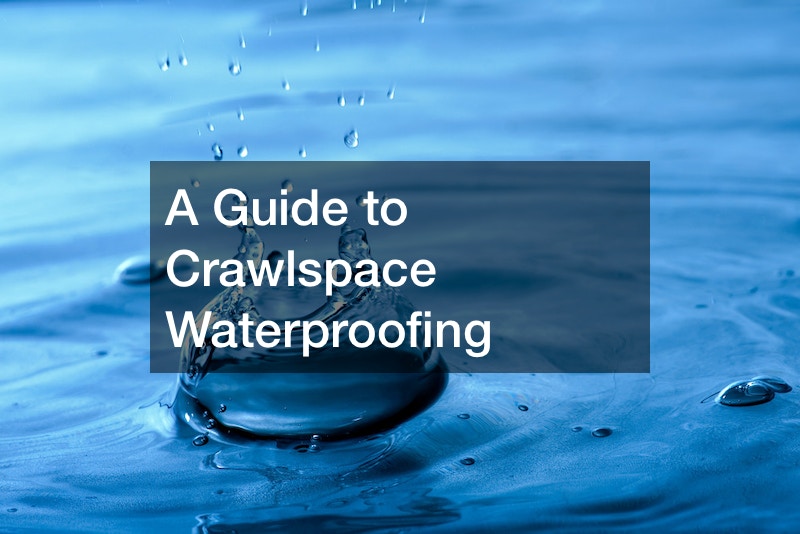
A crawlspace may be hidden beneath your home, but its impact on your property’s health and longevity shouldn’t be underestimated. Proper crawl space waterproofing is essential to protect your home from moisture-related issues such as mold, mildew, structural damage, and decreased indoor air quality. Here’s a guide to crawl space waterproofing to help keep your home dry and healthy.
1. Inspection: Begin by inspecting your crawlspace for any signs of moisture intrusion. Look for standing water, damp insulation, and visible mold growth. Identifying the source of the problem is crucial before moving forward.
2. Vapor Barriers: Install a high-quality vapor barrier on the crawlspace floor to prevent ground moisture from seeping into your home. This plastic sheeting creates a moisture-resistant barrier that keeps your crawlspace dry.
3. Encapsulation: Crawlspace encapsulation involves sealing the walls and floor with a waterproofing membrane, effectively creating a conditioned space. This method not only prevents moisture intrusion but also enhances energy efficiency.
4. Sump Pump: In areas prone to flooding or with a high water table, a sump pump can be an invaluable addition. It collects and pumps out excess water, preventing water damage and maintaining a dry crawlspace.
5. Proper Ventilation: Ensure adequate ventilation for proper airflow, which helps control moisture levels. Use vents and dehumidifiers if necessary to maintain relative humidity below 50%.
6. Maintenance: Regularly inspect and maintain your crawlspace to ensure the waterproofing systems function correctly. Address any issues promptly to prevent long-term damage.
.


